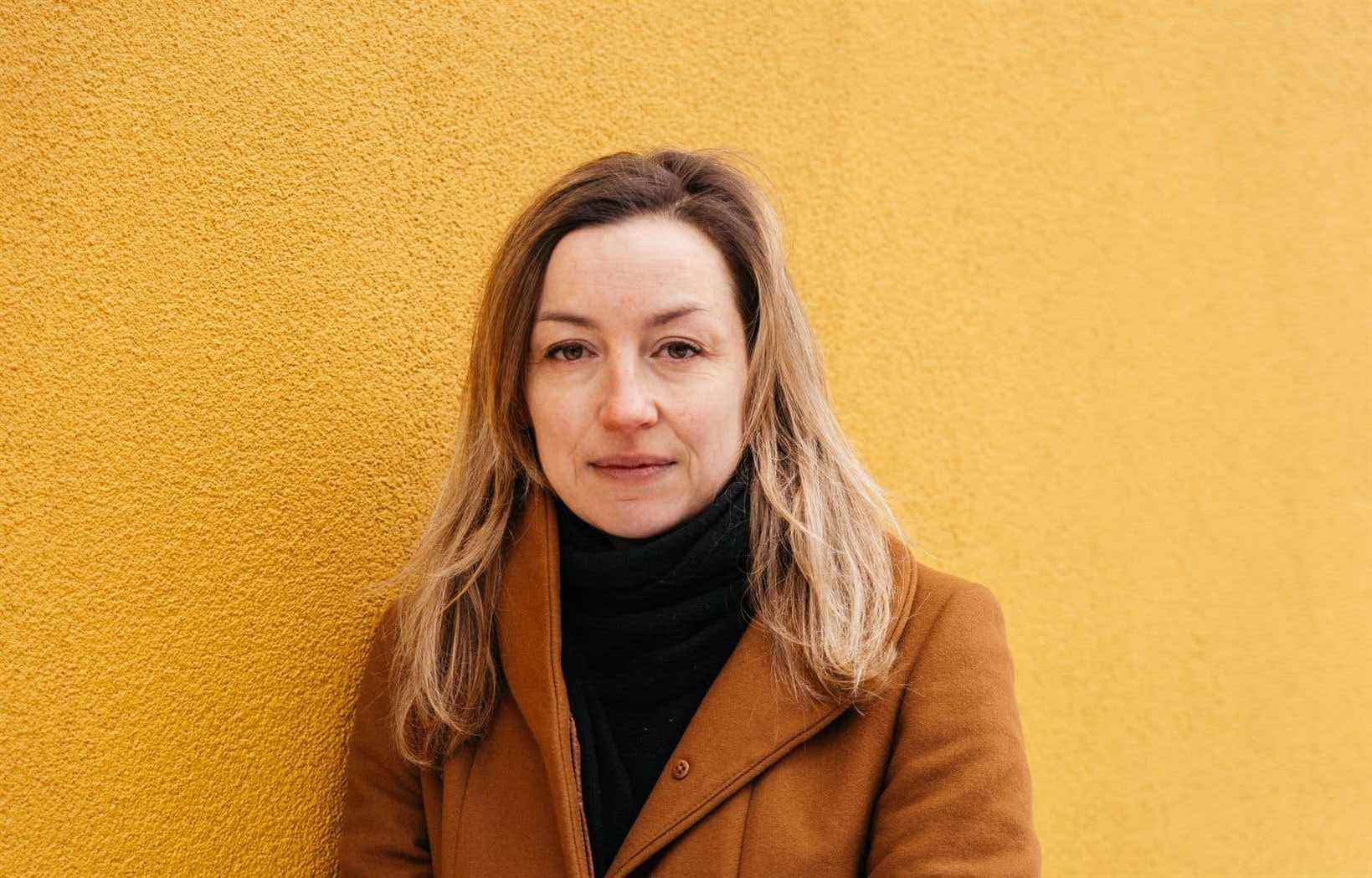On the one hand, there is the youth. The euphoric experience of love, sex, drugs, parties that melt into the sunrise. Then there is the mother. The impression of dissolving into another, of losing a part of oneself in the fusion, of seeing one’s body escape, liquefy, survive for two.
These extremes, these oppositions that shape and triturate the body, which open the way to a new perception of the world and of oneself, are at the heart of Elsa Pépin’s second novel, The thread of life. “These two poles – the mother and the debauchery – can seem contradictory in the same person, underlines the writer. However, before giving life, devoting itself to others, the mother’s body has known other experiences, including destruction. These two states resemble each other in a way, since they force the individual to come out of his unity, to test the porosity of the borders between himself and the world. »
To probe these oppositions, the novelist imagined the character of Iona, a young mother torn between a desire for fusion and the desire to escape. As torrential rains descend on Quebec and the waters of the river threaten to engulf Montreal, she is forced to take refuge in the mansion of the family of her husband, Nils, sheltered from civilization.
Drowned by the waves, the forest that shelters them soon undergoes a profound change, abandoning maples, ash trees and conifers in favor of spongy algae, colored mushrooms, abundant moss and vegetation hitherto unknown. Anthills rise to the surface, fish and deer disappear, food, like hope, becomes scarce.
Embrace the chaos
Here, climatic dystopia becomes a pretext to explore from every angle the violence of events that bring us to the edge of the abyss and explode the fragile barriers that distinguish destruction from survival.
“The prospect of a climate crisis has been with us for a long time,” continues the author. We live in a world where we are forced to admit that we are going to lose something. I have observed many individual reactions to this prospect of change, of danger, of novelty. Personally, I am very influenced by the thought of Nietzsche, when he talks about the fact that to move forward, you have to make room for oblivion. Humanity is alive, and is part of a will that has no finality. Sooner or later, you will have to agree to leave things behind. »
The mansion where the characters take refuge therefore becomes a laboratory for giving life to the discourses, ideologies and political and social archetypes that polarize our society. Some, like Nils, choose to withdraw into themselves, root themselves in the landmarks of the past, seek to control the slightest unforeseen event, at the risk of sinking into inertia. Others, like Iona, follow the movement, anchoring themselves in the present to better accept the changes.
“The climate crisis is another form of experience of loss of self, which forces us to listen to life, to reconnect with precious knowledge that we have stopped valuing. Through the opening of the character of Iona, I wanted to show the strengths that can be drawn from maternal experience and the constant adaptation that results from it. Former ballerina and pianist, two disciplines that require the rigidity and resistance of an excessively marked body, she had to learn to explore movement without the shackles, to trust chaos. »
alive and sovereign
In this world in metamorphosis, the young mother therefore teaches her children to dance in the swell, to find something to anchor themselves in the dizzying dance of a raging sea. Watching them lose and regain their footing, she also rediscovers a part of herself, hitherto lost in the dedication and constant attention that their accompaniment in the world before required.
“By choosing life in community, Iona is transformed, agrees to turn away a little from her children, to leave the responsibility to others. She understands that responding to their needs at all times does not necessarily do them a favor. She becomes a less devoted mother, but more alive, close to her desire, sovereign. It is a constant process, which I wish for myself and for all women. »
This welcoming of chaos, this enhancement of the present do not prevent the novelist from plunging into the past of her protagonist, to better highlight her ability to get up and abandon herself to the unknown. Some of his favorite themes – which can already be found in his collection of short stories when i was america (XYZ, 2014) and in her previous novel The Sanguines (Alto, 2016) — are thus summoned, among which the importance of filiation, as well as the heritage of his family and the sum of his experiences.
Elsa Pépin therefore slips, here and there, allusions to the father of Iona, a refugee from the Lebanese civil war. “This man, who has experienced exile, needs ties, roots. Her daughter carries with her this legacy, this need to be planted somewhere. To adapt, she will have to revisit this heritage, choose what she takes, what she leaves behind, and what she invents from it. »
